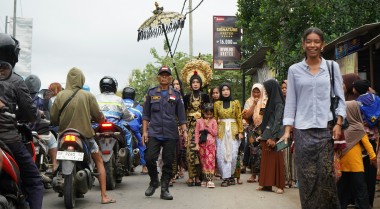
Towards a Comprehensive Approach? Civil Society and Security Sector Perspectives on Dutch Missions
With an increasing range of actors operating in (post-)conflict areas, the call for more strategic, operational and tactical collaboration amongst governmental, intergovernmental and civil society actors is growing stronger from all sides. The push for civil-military cooperation and a “comprehensive approach” to security interventions seeks to improve the overall coherence and coordination of civilian and military efforts.
In The Netherlands, a policy momentum has been building around this, as the Ministries of Foreign Affairs, Defence and Security & Justice presented its strategy known as the ‘Leidraad Geïntegreerde Benadering’ (LGB) in July 2014. Whether this policy can contribute to enhancing peace and security in areas of Dutch operations is a question of practical implementation as well as political dynamics at different levels. And while the potential for improved multi-actor coordination is great, there are also significant challenges and risks linked to this approach.
The translation of policy into practice has much to gain from the input and involvement of the broader set of actors that form part of the peace and security arena. Beyond the Dutch policy context, a Comprehensive Approach developed in collaboration with civil society and other key actors can set an important example also within the international community, notably at the European Union, the United Nations and NATO.
In addition to reflecting on findings from a global consultation on this topic, the meeting “Towards a Comprehensive Approach?“ was structured around case studies of Dutch missions in Afghanistan, Mali and South Sudan, as seen from civil society and security sector perspectives respectively. By exploring the key issues and operational realities through the lens of lived experiences, the discussions aimed to:
- compare and contrast military/police and civil society approaches to identify potential areas of
- collaboration as well as challenges and risks.
- formulate practical approaches to coordination and cooperation between civilian and military actors.


